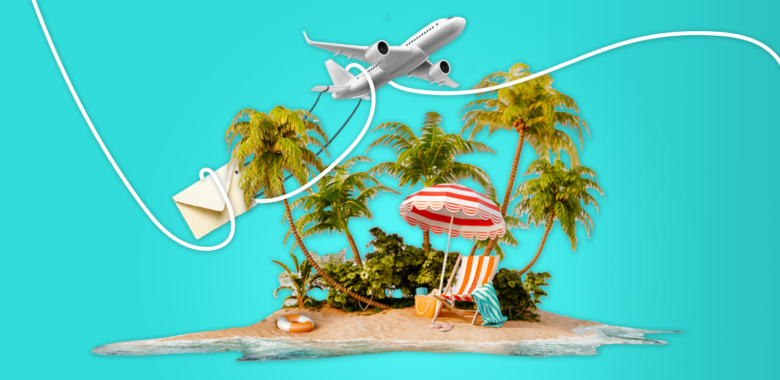How to set up a campaign
Setting up a campaign for a travel agency is not different from other industries. Here’s a short recap of the whole process.
| Setting up a travel agency email campaign |
| Preparation |
Content |
Testing |
| Define the goals 📈 |
Choose the type 🖊️ |
QA testing 🧪 |
| Build your list 🗒️ |
Design your email 🎨 |
Split testing 💡 |
| Segment the list 🥧 |
|
|
Define the goals
Every campaign starts with an email marketing strategy. You need to understand why you’re running a campaign in the first place — for example, to increase sales.
The next step is defining success criteria using the SMART framework:
- Specific
- Measurable
- Achievable
- Relevant
- Time-bound
For example, if your goal was to increase your website blog’s readership, your success criteria would look like “Increase the number of daily unique visitors by 30% by the end of this month”.
Build your mailing list
A mailing list is a list of users who will receive your marketing emails. Keep in mind that buying readymade email lists online and using them for marketing campaigns is illegal. Build your list using opt-in forms and pop-ups. To learn more, read our article about building an email list.
Segment the list
Segmenting your email list is important for sending relevant emails. There are many segmentation criteria — age, location, website activity, and so on. The choice of criteria depends on your campaign and your market niche. To learn more about segmentation with Selzy, visit this page.
Decide on the type of content
The type of content you chose will affect the subject line, the copy, the CTA, and the email layout. Choose the content type depending on your marketing campaign goal.
One of the types of emails often used for travel agencies is last chance emails. Use these emails for promoting seasonal offers — and use our guide on last chance emails with writing tips and best practices.
Design your email
Good email design draws attention to CTAs, improves email readability and helps you express the charisma of your brand. And a trendy look will keep your subscribers engaged.
To learn more, read our guide on email design with tips and best practices.
Test and analyze the results
Once you’re done with your email content and design, test your emails before sending:
- QA testing — to make sure that your email campaign is set correctly, all the hyperlinks work as intended and customers won’t receive an email with a “Hello <undefined>” greeting.
- Split testing — to validate your ideas and hypotheses and make smarter marketing decisions.
And this is how you set up a campaign for a travel agency. And if you’re afraid to miss something, use our email marketing checklist.

























